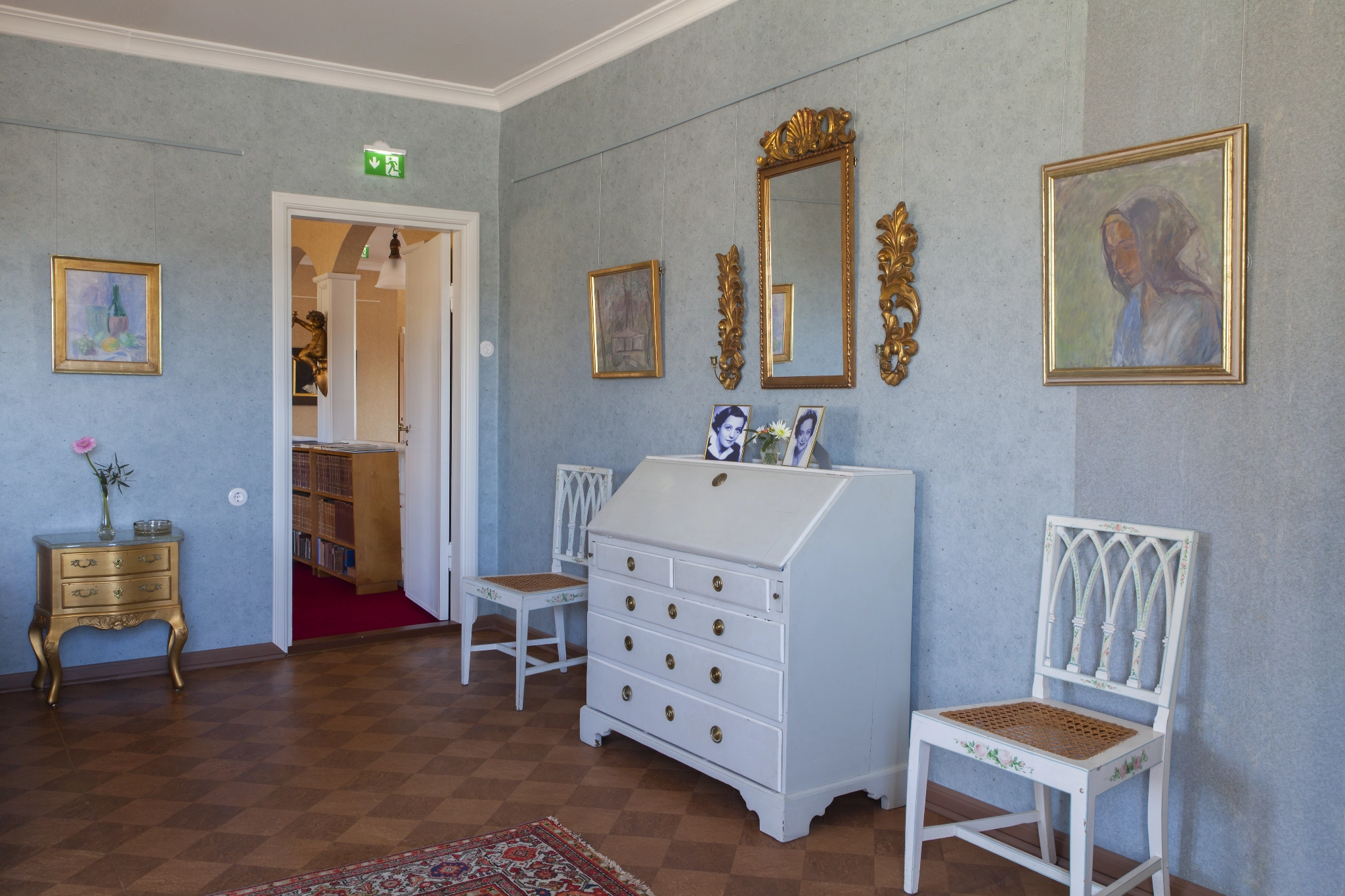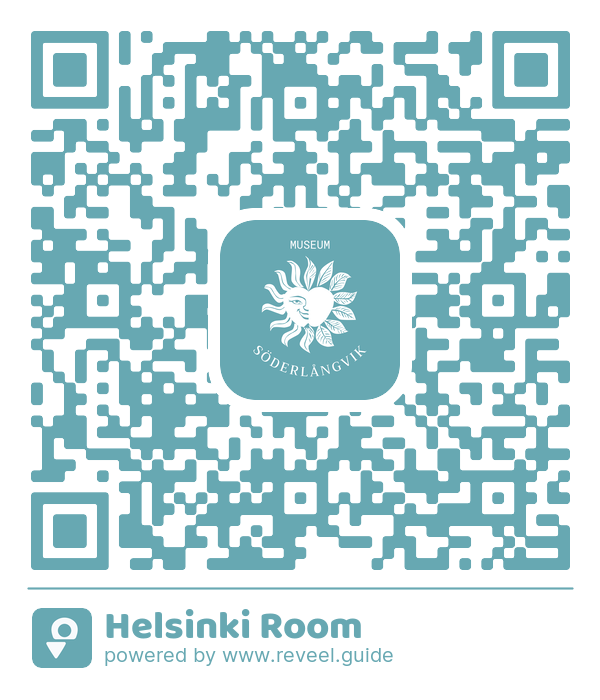
Helsinki Room


Helsinki Room
As the name suggests, the Helsinki Room was reserved for Amos’s friends from the capital before the ground floor was extended with wings. In the 1940s, the room was occupied by the Swedish actress Mona Mårtensson (1902–1956), who spent many summers at Söderlångvik, and later by the Finnish-Swedish opera singer Sylvelin Långholm (1916–1994). Both were among Amos’s closest female friends, and their portraits stand on top of the secretaire. The longcase Mora clock in the Helsinki Room was made in the early 19th century. The case is in the Rococo style, the ornamentation in the Gustavian style. The signature “A. A. S.” reportedly stands for Krång Anders Andersson (1727–1799), one of the first clockmakers in Mora, Sweden. The neoclassical chairs with rattan seats were made in Russia around the turn of the 19th century. The screen, imported from central Europe, is typical of the neo-Rococo style and dates back to the late 19th century. The painted decoration features elements of Japonism, a term that refers to Japa - nese influences in Western culture.
